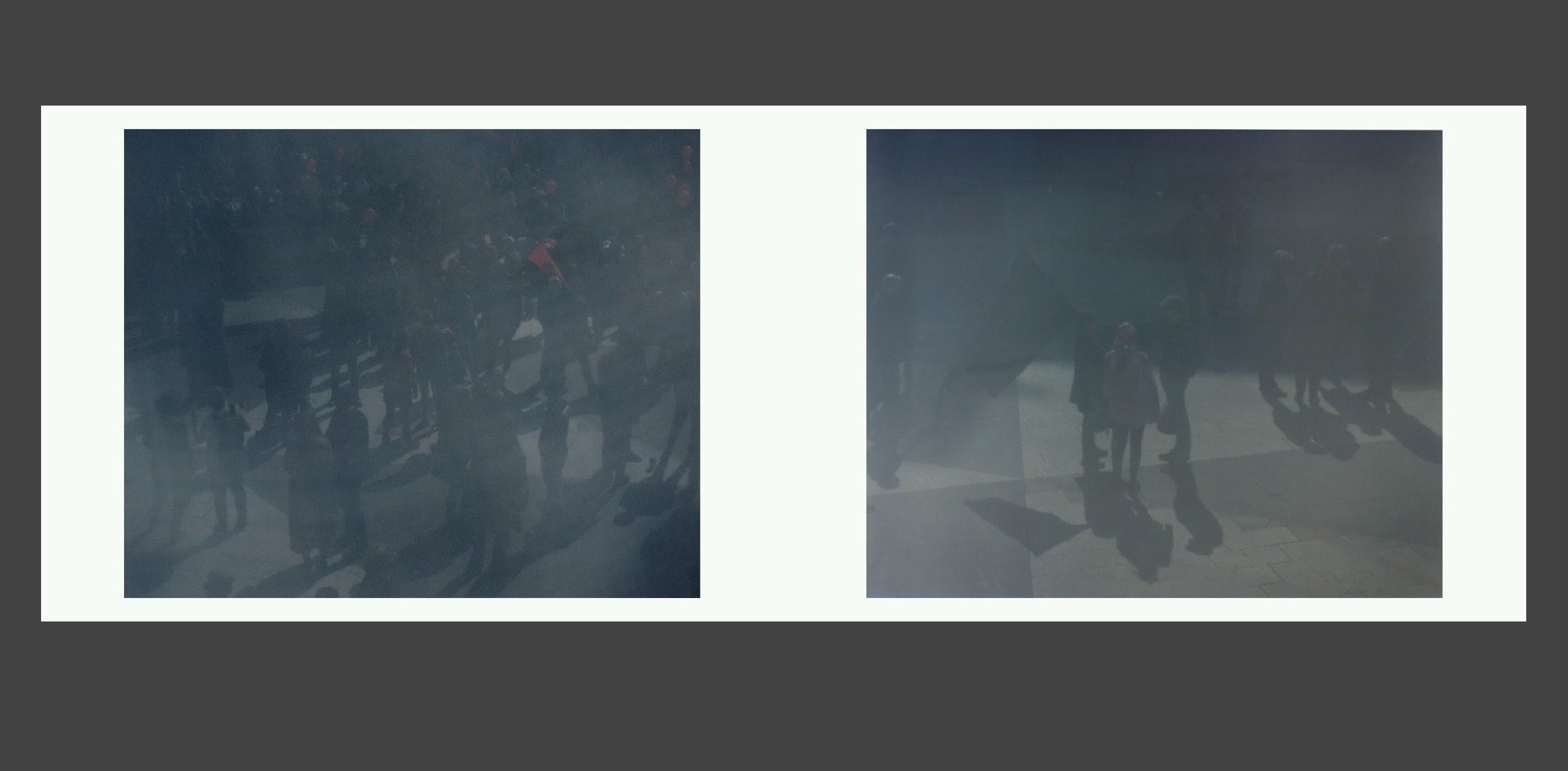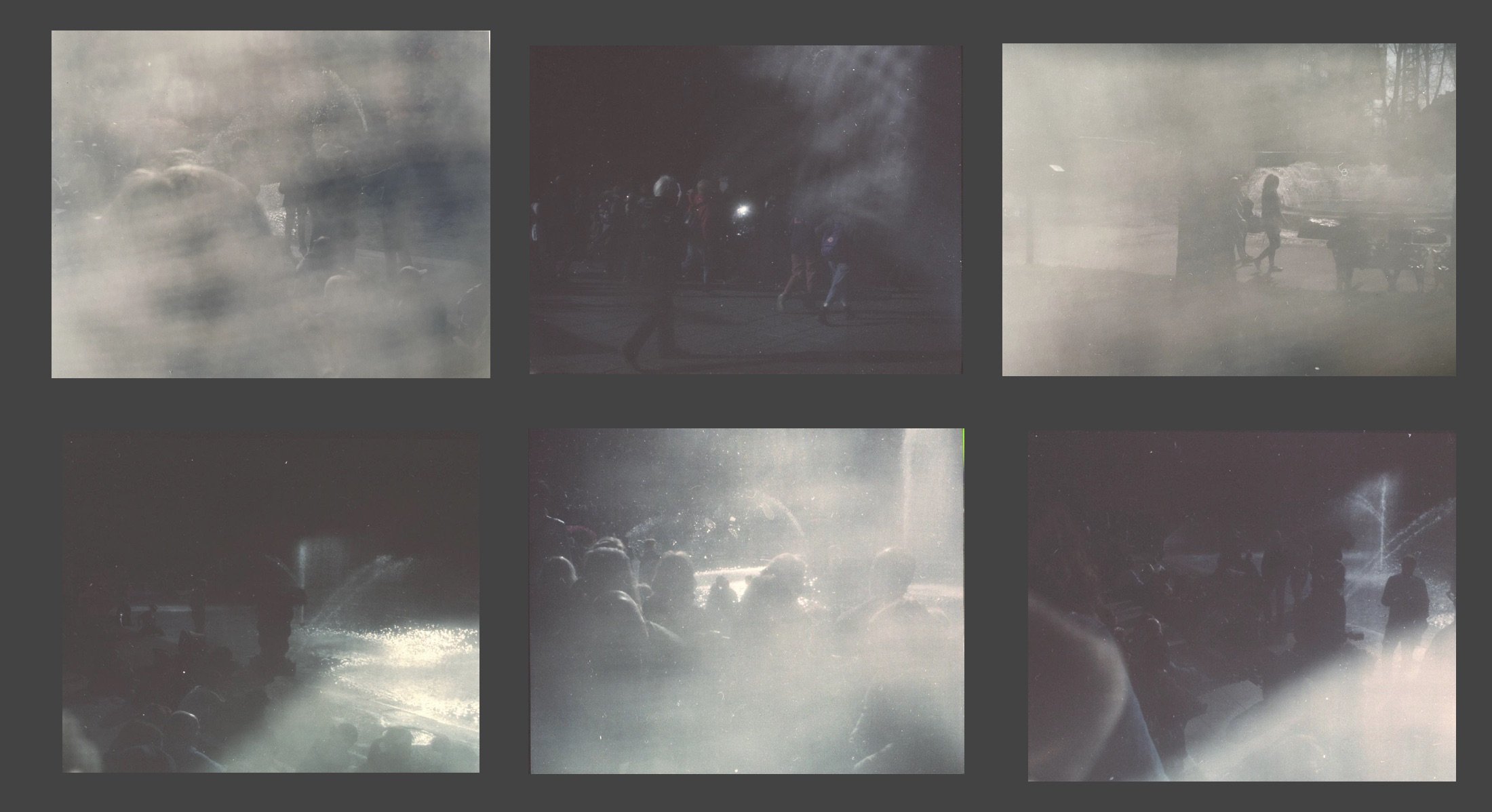EARLY READING / INTERBEING, 2020
Solo exhibition, Early Reading / Interbeing, 2020, Dorothee Nilsson Gallery, Berlin, DE.
EXHIBITED WORKS —
Interbeing, 2018 — film, 10:40 min/sec.
Early Reading, 2019 — 35 mm, 34 slides, KODAK slide projector with autofeeder.
Early Reading, 2018 — 2 analog C-prints on cardboard.
Thermal imaging cameras are needed to make them visible. Thermal imaging cameras do not record light but heat. Technology is not only of massive importance for science, its value is also of an aesthetic nature. X-ray and MRI equipment allows insights into the body without penetrating it or cutting it open. Using radiation, magnetic fields and radio waves, they show the body as it is not perceptible to the naked eye. Do the recordings of a thermal imaging camera make transparency perceptible?
The technique was artistically used by the American photographer Arthur “Weegee” Fellig, whose infrared film images of people in dark cinemas became widely known. His colleague Minor White also worked with infrared images, for example in Sequence 10 from 1955. One of the images published in this context is entitled Black Sun. Martina Hoogland Ivanow’s film Interbeing as well as the photo book Early Reading refer back to the motif of the black sun and are located in the photographic tradition of White. In Hoogland Ivanow’s works, the black sun stands for a moment of pause that lasts only one breath.
The title of the Early Reading photo book recalls the early reading exercises of childhood. Hands that hold the reading child; a memory that we have memorized and that we recall again and again, that promises us confidence, joy of touch, and protection from danger. Martina Hoogland Ivanov examines the search of our bodies, both for closeness and for distance. Besides these pictures, the book shows photographs showing demonstrations that took place on 01 May at Sergels Torg in Stockholm. The images of political activism open up a second perspective on the title Early Reading: First Contacts with Political Teachings and Theories. They are democratic processes that serve to understand and locate personal responsibility and social processes. The interaction of the various motifs in the photo book underscores the fact that thermal imaging cameras are not only instruments of artistic practice but also of structural surveillance.
From the Swedish text Värme-Skugga-Viskning published in VERKTIDSKRIFT no: 01 2019 by Iréne Berggren, photo historian, author and curator.






